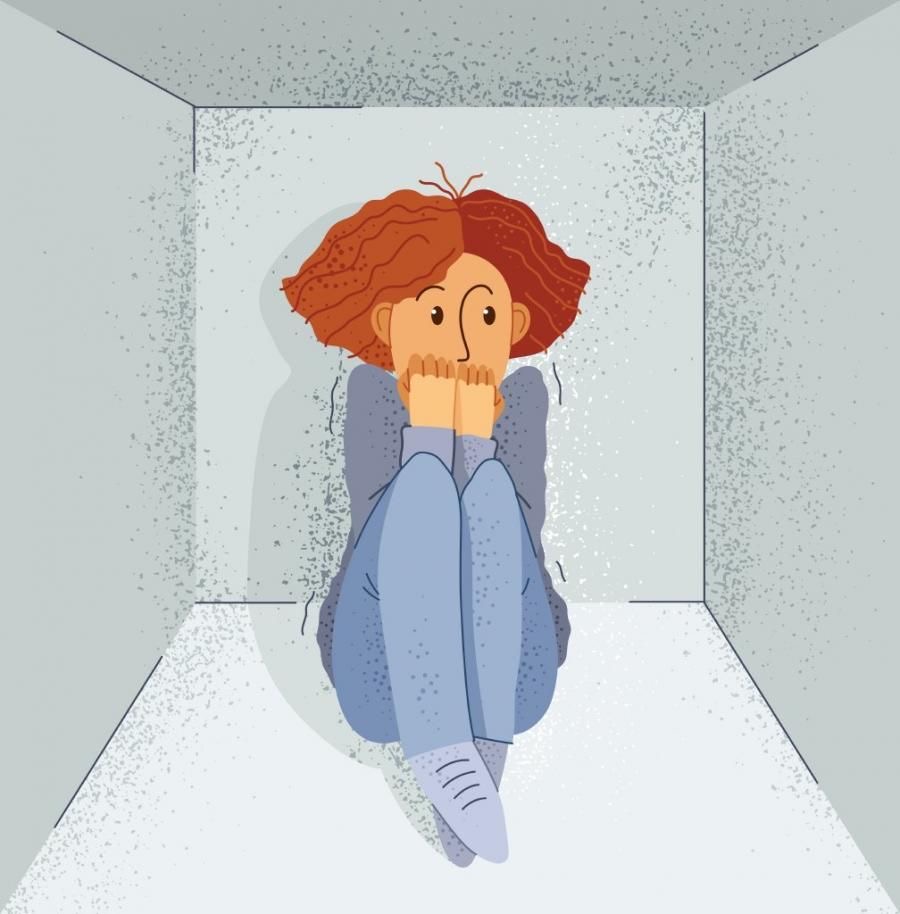Why Do We Have Panic Attacks When We’re Claustrophobic?

Claustrophobia is the fear of being trapped in small or enclosed spaces. When someone with claustrophobia is in such a situation (like a packed elevator, a small room without windows, or a crowded train), their brain sends a false alarm that something is dangerously wrong, even if there’s no real threat.
Here’s what happens step by step:
1. The Brain Perceives a Loss of Control
Claustrophobia often stems from the feeling of being trapped with no easy way to escape. Your brain reads that as a loss of control—and it doesn’t like that. It starts scanning for danger.
2. The Fight-or-Flight System Gets Activated
The amygdala, the part of your brain that handles fear, kicks into overdrive. Even though you’re not in physical danger, your brain thinks you are. So it signals your body to prepare for an emergency:
- Heart rate increases
- Breathing becomes rapid or shallow
- Muscles tense up
- Dizziness or chest pain may occur
This rush of physical symptoms is what we call a panic attack.
3. The Fear Feeds Itself
Once symptoms begin, your mind may think:
“I can’t breathe.”
“What if I faint?”
“There’s no way out.”
These thoughts intensify the panic, creating a feedback loop. The fear of the space turns into fear of the sensations—and the spiral continues.
4. It’s Not the Space Itself—It’s the Interpretation
Interestingly, it’s not always the small space that causes the panic. It’s your mind’s interpretation:
“I’m stuck. I can’t leave. I’ll lose control.”
This perceived helplessness is what triggers the brain’s alarm system, even if you’re actually safe.
Summary:
We have panic attacks when we’re claustrophobic because the brain mistakenly interprets a harmless situation as life-threatening. The result is a full-blown physical and emotional alarm—even if you’re just in a tight room.



Comments (0)